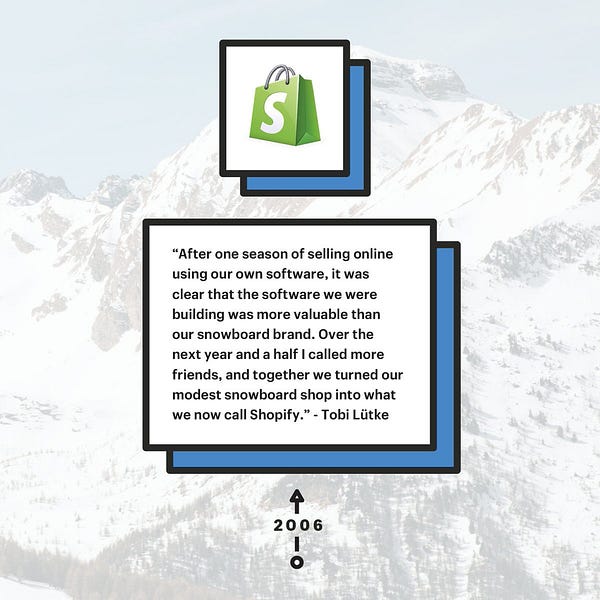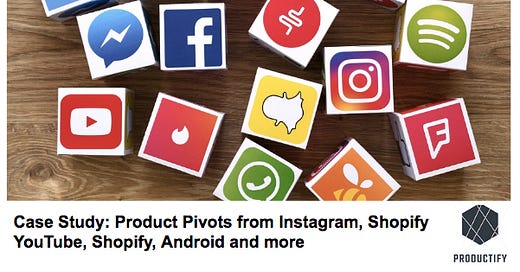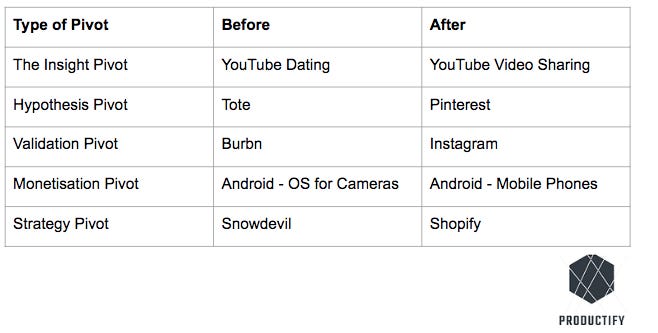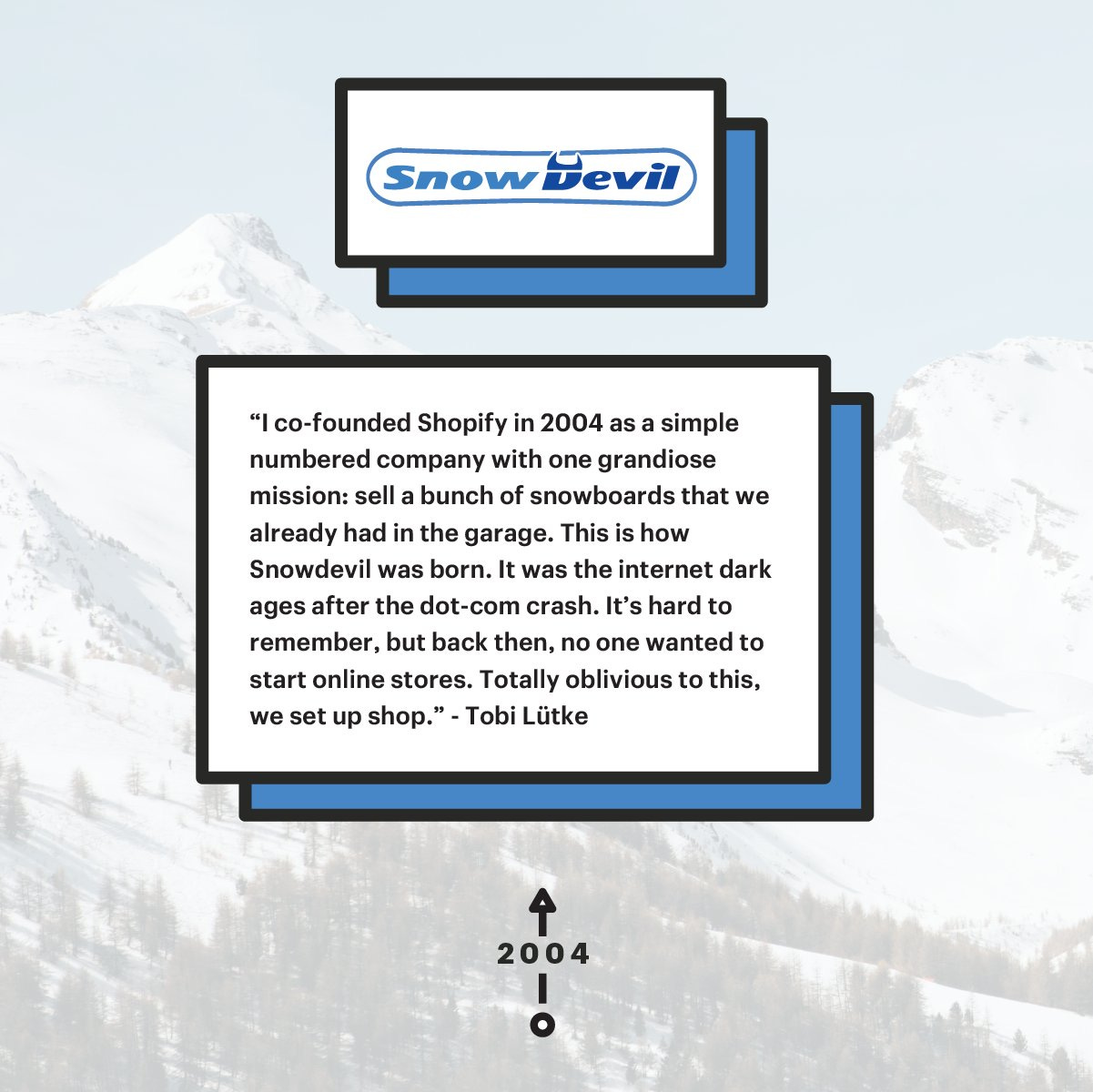Markets often change, customer insights change or the business needs change - all this results in re-evaluation of whether the product you’re building (or part of it) is still the right one (fits the needs) or needs a change.
The complexity lies in deciding whether there needs to be a change in direction (When? and Why?) of the product and then at what flight level (What? How?). These questions are tough, and often the answers lie in intense discussions around investment/business case and strategy within organisations.
In this case study, we focus on five flight levels of product pivots and understand them better through examples from the top tech companies.
Let us start with this summary table that shows how none of the mentioned top tech product organisations we know of today sticked to their original ideas. Important to note that a “product pivot” cannot be solely be qualified as a one kind of pivot, example a “Insight pivot” or a “hypothesis pivot” or one of the below .. in-fact it can be a combination of one or many.
The strategy pivot (lies at highest flight level) and could have elements of all other pivot types (insight, hypothesis, validation and monetisation) whereas “The Insight Pivot” is at lowest level of flight and doesn’t consist of elements of any other types of pivots. Hence, these pivot types are not mutually exclusive and can co-exist in a product pivot story.
To understand each of the above examples one by one, we start with the product pivot that is at the lowest flight level (i.e closest to ground reality of what customers need and want):
The Insight Pivot | YouTube Story
When YouTube began in 2005, it started with an original idea of becoming a dating service , inspired from the website “Hot or Not”. To make the idea work, the co-founders gave an incentive to women to upload their videos in exchange for 100$ reward.
But dating motivated videos did not find traction. But the YouTube noticed that users were uploading random videos (planes taking off and landing). In-fact, the co-founder ended up uploading his own funny video, also called “the first video on YouTube” titled “Me at the zoo“
Over time, co-founders realised that users uploading interesting videos would have better traction and has higher possibility of monetisation. By the time, youtube.com officially launched in December of 2005, the site was receiving 8M views a day, but the clips were limited to 100MB.
This pivot from the dating platform to becoming a video-sharing social platform is called as an Insight pivot - because it was inspired from noticing a peculiar customer behaviour. The flight level is important to note here because video uploading and sharing was always part of dating platform idea as well, but the dating element was downplayed and eliminated.
Hypothesis Pivot | The Pinterest Story
Ben Silbermann started Tote (an app for iPhone) and his main vision was that the shoppers (who are on the move) could browse online product catalogs , filterable by retailer and location.
But the Tote team found two issues with this hypothesis (that shoppers would love to browse online product catalogs) : i) the idea was too ahead of its time. People were not yet relying on mobile to shop ii) Apple’s App platform was too slow - Tote team wanted to get new app updates out quickly one after the another but the Apple’s App platform would be too slow to help with quick releases
But, some users continued to be loyal users - not because of the shopping feature but because they were liking certain product pictures and were saving them/ collecting them. Hence, the founders changed the hypothesis: Users would love to engage with the platform if was even more friendlier to discover products and save them.
Pinterest example has a proportion of both insight pivot and hypothesis pivot.
Validation Pivot | Instagram story
In order to counter the successful (at that time) Foursquare app, a location-based networking platform, founders Kevin Systrom and Mike Krieger started building Burbn with the idea that let users check-in at certain locations, hangout with friends and post pictures of the get-together.
But the founders later discovered that users were utilising one feature more than all others - the photo-sharing feature. Hence, while the hypothesis did not change (Allow users to post and share pictures with their friends) but the over-emphasise on location-based photo sharing was downplayed.
So, the main pivot here was “let us validate our idea again by making our app less complicated” - the execution was different this time and hence the way to validate the hypothesis was different. Simplicity of app usage became their key focus and users were able to post pictures in <4 clicks. The app was also renamed to Instagram later
The Burbn → Instagram story is primarily of “Validation Pivot” with elements of “insight pivot” and “hypothesis pivot”. As said earlier, product pivots are often complicated and may consist of multiple dimensions and flight levels.
Monetisation Pivot | Android story
Android was originally envisioned to become an operating system for cameras , and hence making them “smart” by allowing cameras to connect to PCs and Android’s cloud storage. Its main goal was to put the OS inside dumb camera manufacturers and create a “smart-line” of cameras instead.
However, while the hypothesis was correct and idea was validated, the monetisation was no more possible at the same level because individual camera sales started declining as the world started shifting to smartphones.
In order to continue monetising, it was decided to utilise the same OS but implement it for mobile handsets
Extract from PCWorld Article
“We wanted as many cellphones to use Android as possible. So instead of charging $99, or $59, or $69, to Android, we gave it away for free, because we knew the industry was price sensitive,” he said.
Handsets worked out better than cameras. An original “ambitious” projection by the company aimed for a 9 percent market share in North America and Europe by 2010; Android hit 72 percent last year. Google said in March that over 750 million Android devices have gone on line globally.
The Android operating system also eventually returned to its roots. Samsung has launched a Galaxy Camera that runs Android, along with similar offerings from makers including Nikon and Polaroid. The OS has been used in devices including tablets, TVs, espresso makers and refrigerators.
Strategy Pivot | Shopify Story
Strategy pivot means a change in current strategy , or formulating an entirely new strategy. This pivot is at the highest flight level - which means it also includes other kind of pivots that are at lower flight levels - such as insight, hypothesis, validation and monetisation pivots.
Shopify was started because the founders did not find a good and easy to adopt e-commerce platform that would allow them to sell snowboards. This was at the time, when no one was yet setting up online stores. More on this story from the twitter thread:





And so they invested into building a “plug and play store platform” that allowed to launch snowboard e-commerce at the soonest. The snowboards didn’t sell but they believed that the e-commerce platform they built could be used by others who want to setup their own online shops. This was a new strategy and had nothing to do with selling snowboards.
Takeaway
When looking at the reason to pivot, look at all five factors and start at lowest flight level going to highest.
Is there a new customer insight?
Is the hypothesis no more valid, and needs to change?
Is the hypothesis correct, but the way to validate it has to change?
Is the hypothesis validated, but the way to monetise has to change?
Is the strategy no more relevant? or a new one needs to be formulated?
Ask these questions and you could find a reason to pivot lying in one or many of these buckets.







Great read and explanation, Bandan. Thank you
Good post and details of different Pivots. Thanks Bandan